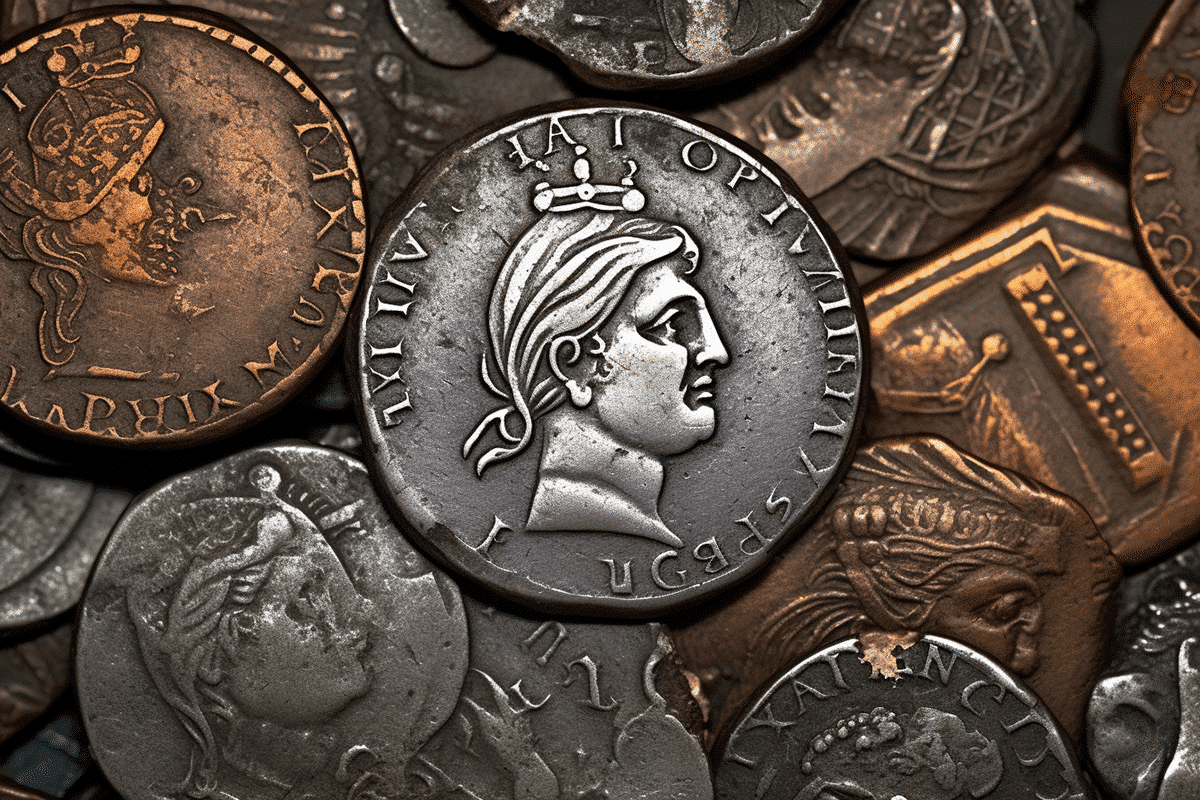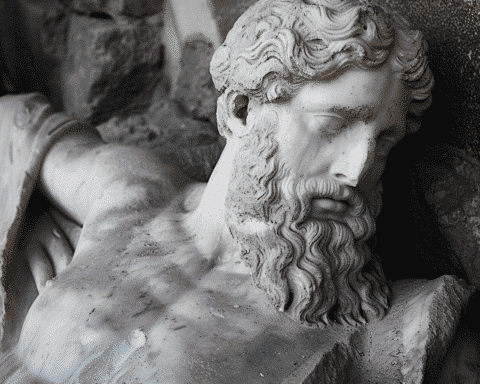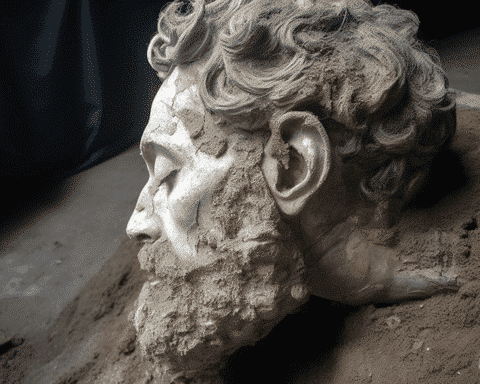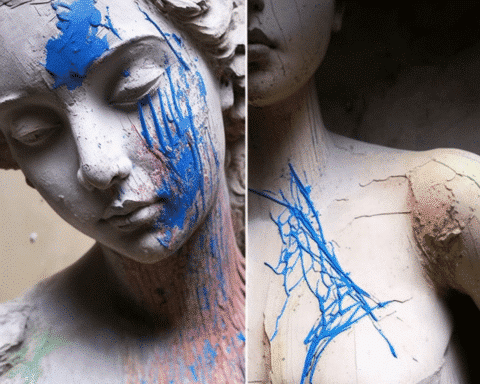In a remarkable undersea revelation, the crystal-clear waters off the coast of Sardinia have surrendered a treasure of historical magnitude. As the Italian culture ministry reports, a diver’s chance encounter with the past has surfaced a hoard of ancient bronze coins, suggesting the silent slumber of a shipwreck nearby. This discovery, significant in quantity and preservation, whispers tales of maritime routes that once stitched the fabric of empires.
While exploring the shallows near Arzachena, a vigilant diver’s gaze fell upon metallic remnants that, upon closer inspection, revealed themselves as ‘follis’—coins from an era when Rome’s influence was etched in bronze and copper. “The treasure found in the waters of Arzachena represents one of the most important discoveries of numismatic finds in recent years,” remarked Luigi La Rocca, the region’s director general of archaeology, fine arts, and landscape. These coins, ranging between 30,000 and 50,000 in number, surpass the previous notable find in the United Kingdom and paint a picture of an ancient epoch stretching from 324 to 340 CE.
The coins’ remarkable condition has intrigued historians and archaeologists alike, with La Rocca noting, “(The finding) highlights the richness and importance of the archaeological heritage that our seabed, traversed by men and goods since the earliest times, still guards and preserves.” The coins’ minting origins span the vast Roman empire, and their resting place—a sandy clearing cushioned between beach and seagrass—hints at a larger archaeological story possibly tied to a shipwreck, further embellished by the presence of amphorae from distant lands.
This significant find brings to the fore the delicate dance between preserving history and its unearthing. As Sardinia’s seabed continues to cradle remnants of ancient voyages, the Italian culture ministry’s revelation enriches our understanding of the past and reminds us of the fragility and richness of the heritage beneath the waves. It’s a heritage, as La Rocca poignantly puts it, “constantly threatened by natural phenomena and human action,” beckoning our responsibility towards its safeguarding.




